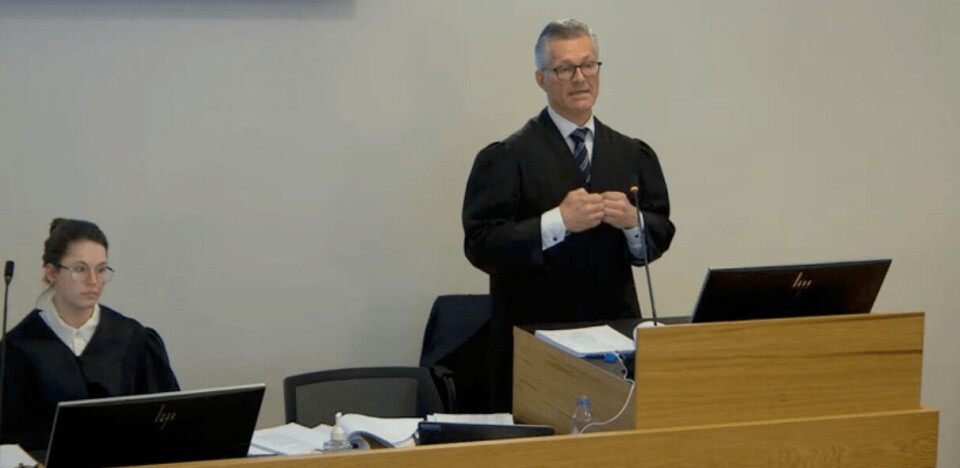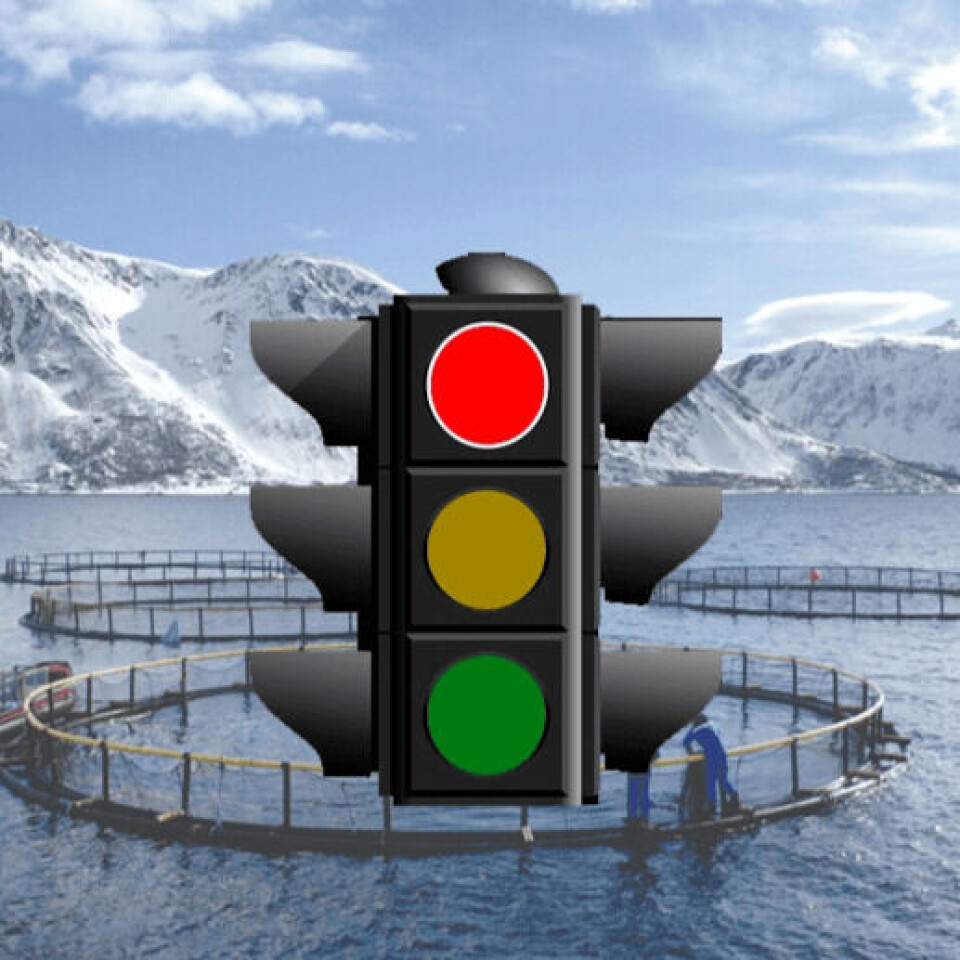
Norway's fish farm impact modelling ‘inaccurate and wrong’, court told
Predictive models used to show that lice from farmed salmon have a significant effect on wild fish are inaccurate and have little in common with each other, and the most critical models are wrong, a Norwegian court has heard.
Lawyer Trond Hatland made the claims yesterday during the first day of a two-week hearing in which he will try to convince Sogn og Fjordane District Court that the Ministry of Trade and Industry made a mistake by ordering producers in production area 4 (PO4) to reduce volume by 6% under its “traffic light” system.
Hatland is representing all 25 salmon and trout farmers in PO4, which extends from Nordhordland to Stadt. They include Mowi, which has 19 farms in the affected area, and Scottish Sea Farms co-owner Lerøy, which has 10.

Yellow light
The traffic light system divides the country’s coast into 13 defined areas, from area 1 in the south to area 13 in the far north. The areas are given a green, yellow and red traffic light designation depending on the perceived risk of sea lice-induced mortality among wild salmon. Capacity is adjusted by 6% upwards (green) or down (red). In yellow areas, capacity is frozen.
Yesterday, Hatland tackled the background for the decision in PO4, where he believes that none of the models or analyses should indicate a red light in the area.
“In 2019, there was moderate influence and yellow light. This is the case throughout 2019, and until 4 February 2020. Until then, the expectation picture for fish farmers is that they were at a moderate environmental impact,” Hatland pointed out.
Arbitrary decision
He said that the farmers have not been sloppy, but run a solid and good regime, that nonetheless ended with a red light. The reaction from the farmers was that the assessment by the state had gone completely awry.
“Gradually, when we have gained access to and reviewed the decision, we have received confirmation that the decision is incorrect. It lacks scientific evidence and appears to be purely arbitrary. It is by chance that the Ministry of Trade and Industry has put a red light in PO4,” the lawyer pointed out.
Farmers silenced
Hatland also claimed that farmers in PO4 were not given enough opportunity to put forward their point of view before the red traffic light was turned on.
Some information supporting their case had been rejected by the traffic light system’s expert group because it was not presented in a form that met given scientific requirements, and some because it had not been submitted by August 2019, he said.
“Such data was easy to get in 2017, but in 2019, which was a critical year for the farmers, it was not possible anymore. The farmers should clearly have been informed that ‘if you have something, it must come by August and in a way that is scientifically acceptable’,” stated the lawyer.
“Not only [did the expert group] refrain from inviting farmers to a hearing, but when they receive data, they find excuses for not using them. The door was closed in August, but the farmers did not know. This is terribly serious and reason alone why the decision must be declared invalid.”
‘Virtual smolt’ model flawed
Referring to the various models that have been used to show that lice from farmed salmon had a significant effect on wild fish, Hatland said: “We will state that there is something wrong with the Institute of Marine Research’s ‘virtual smolt’ model. We will get expert witnesses to say something about this in court.”
He also told the court that the database was often very weak and that percentages of estimated mortality were often calculated on the basis of one or two smolts with a given number of lice in sentinel cages or caught in trawls. Observations made in research by fish farmers also suggested that wild smolts migrate to sea earlier than what is assumed in the models, and at a faster pace.




















































